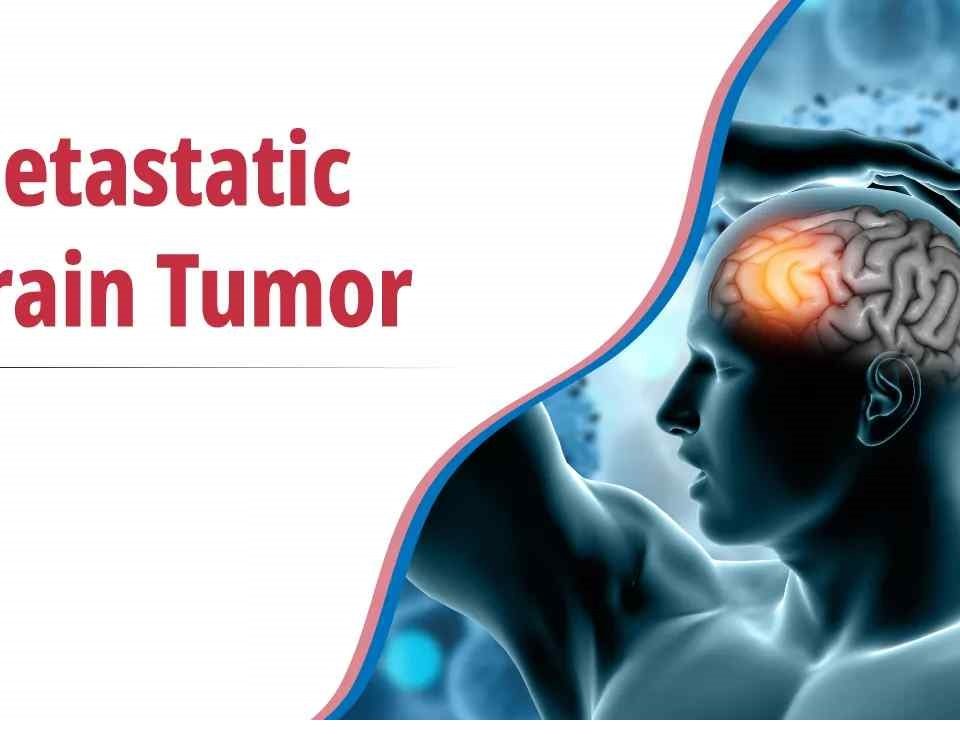While brain surgery is the most common treatment for brain tumors, there are other options for treatment:
- Steroids—When many people hear ‘steroids’ they think of the steroids used by athletes to build muscle. These are not the same steroids used to treat brain tumors symptoms. Steroids given to a patient for use before, during or after surgery are called corticosteroids, and can help to reduce brain swelling and the buildup of fluids around a tumor.
- Chemotherapy—This treatment may be used to treat the tumor, but is more known for treating malignant or higher-grade tumors. Chemotherapy drugs are used in attempt to prevent tumor cells from reproducing (cytostatic) or to kill the tumor cells (cytotoxic). Chemotherapy can be administered into the bloodstream through an artery, vein, muscle, the skin or taken by mouth (systemic delivery) or can be delivered closer to the tumor site to avoid the drugs traveling throughout the body (local delivery).
- Radiation-—This is a common cancer treatment for brain tumors. High doses of radiation are administered to the tumor to stop or slow its growth. Radiation can be used alone or in addition to surgery or chemotherapy.
- Stereotactic Radiosurgery—Most people associate surgery with going under the knife. That is not the case with this treatment. Stereotactic Radiosurgery (SRS) is similar to radiation, however, radiation cannot tell the difference between tumor cells and healthy cells. Because doctors can deliver a more focused delivery of treatment to the brain tumor than conventional radiation treatment, this highly focused form of radiation is called radiosurgery. This treatment is usually used to treat small brain and spinal cord tumors, blood vessel abnormalities in the brain, defined areas of cancer, certain small lung and liver tumors, and neurological like movement disorders. SRS can be delivered in two ways:
- Proton Therapy—Hydrogen nuclei or protons are accelerated by a cyclotron. The protons are then directed at the tumor through beam shaping blocks, which match the shape of the tumor.
- Particle Therapy—similar to proton therapy but larger, heavier particles are used to treat the disease with higher relative biological effectiveness than X-rays or protons.
- Alternative & Integrative Medicine—Some people choose alternative healthcare treatments or wish to combine conventional and alternative therapies – integrative medicine. Given that not all alternative methods are adequately tested and proven, patients should beware that the treatment may not be safe nor effective. Caution should be exercised and your conventional doctor consulted when considering integrative therapies. Many doctors may accept some alternative treatments alongside conventional treatments when appropriate.



